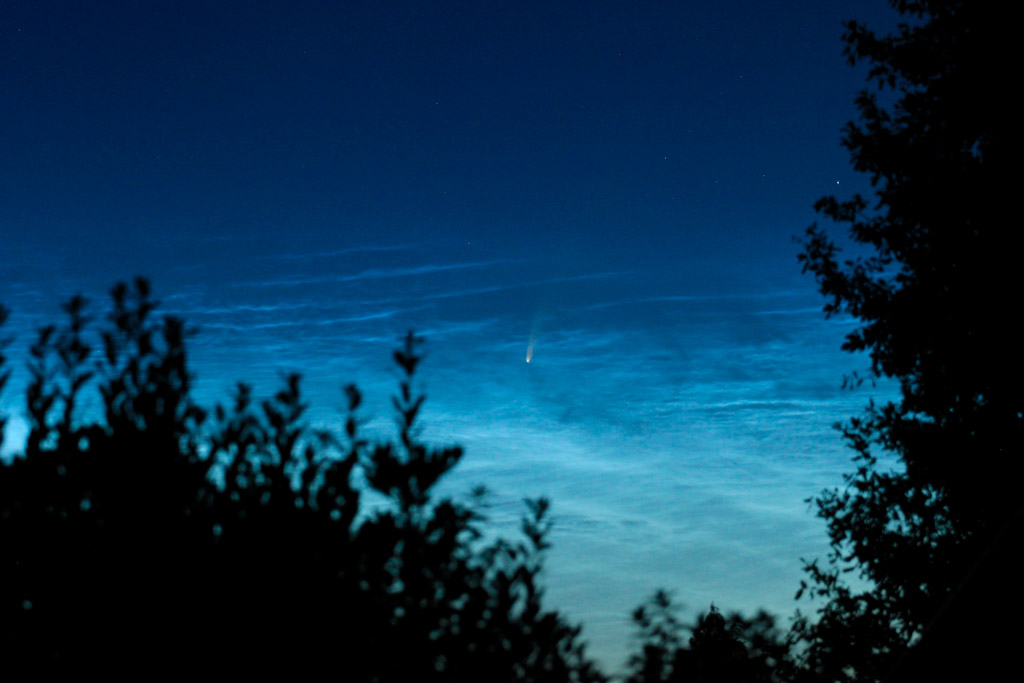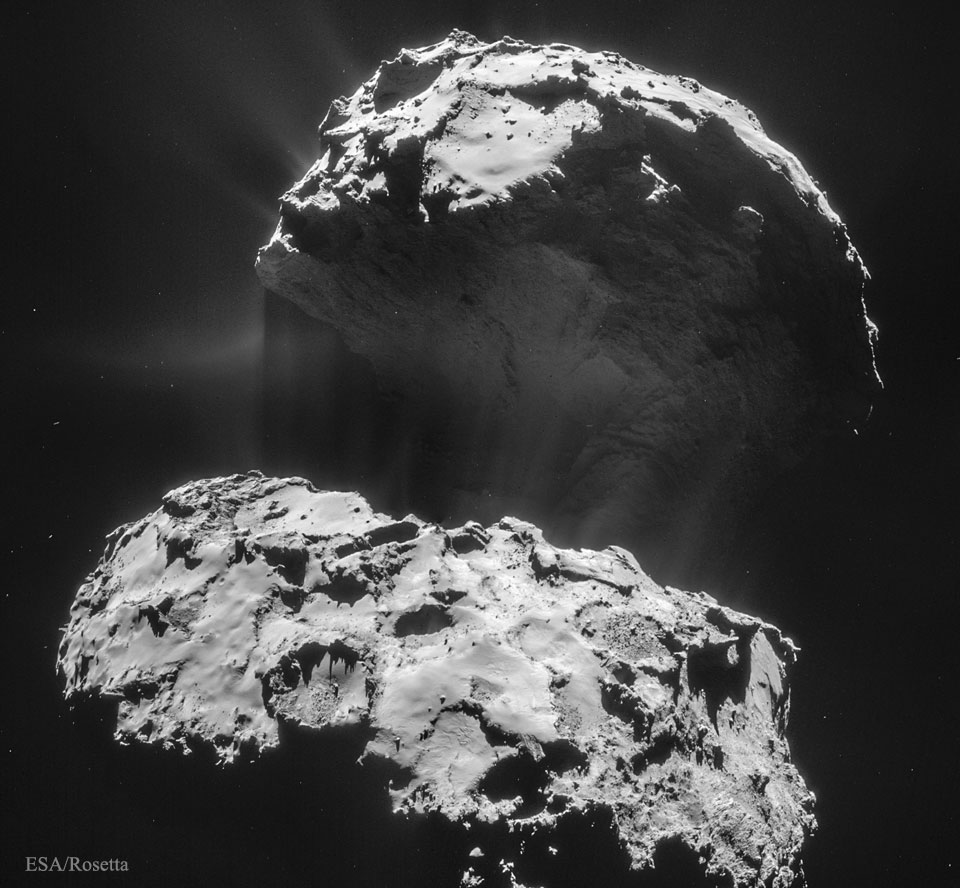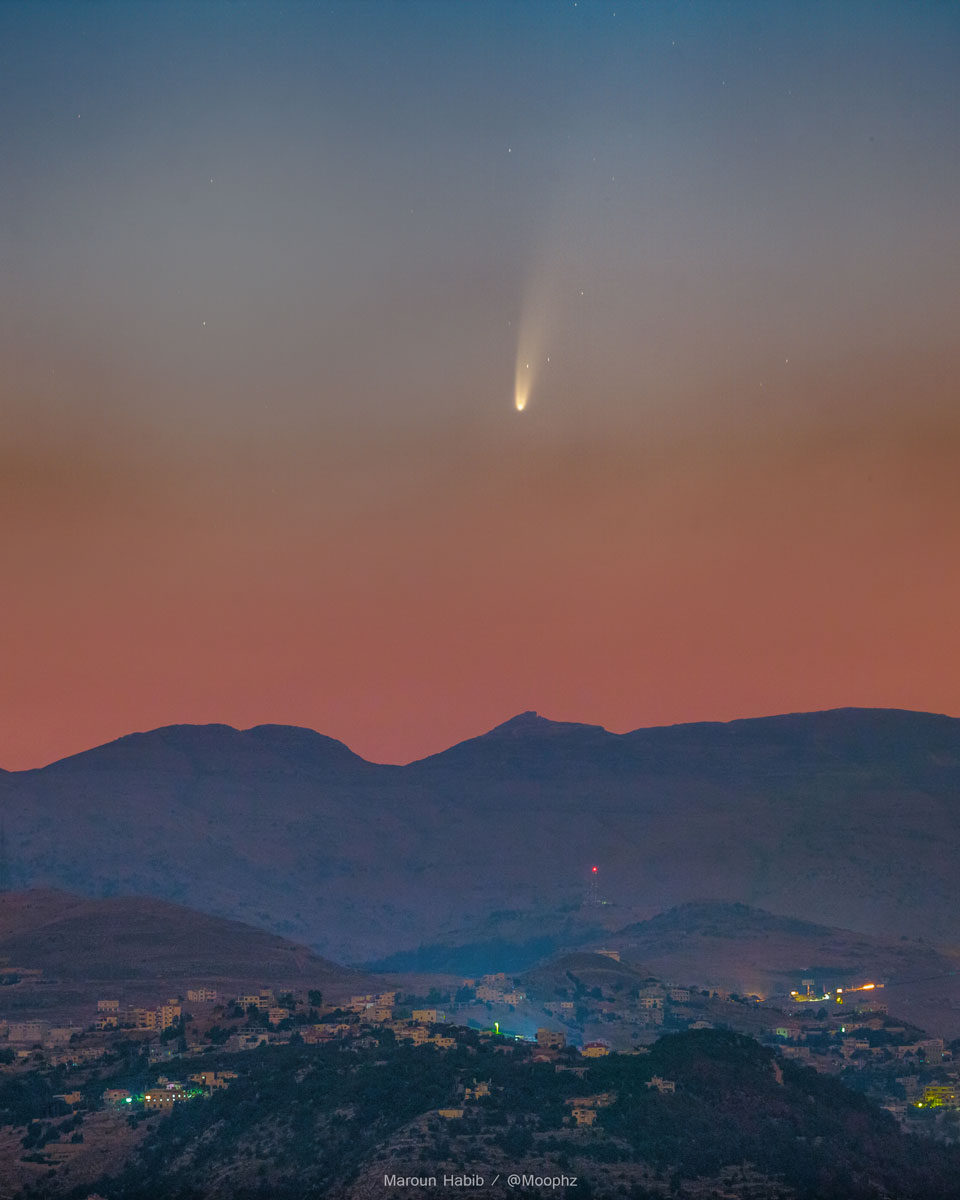Alors que plusieurs médecins appellent à rendre obligatoire le port du masque dans tous les lieux publics clos, en réponse à une légère reprise du nombre de personnes infectées par le coronavirus en France, gros plan sur un projet original. Un masque Made in France sans limite de réutilisation conçu en Haute-Savoie par les PME Precise France et Nanoceram, avec l'aide du spécialiste des matériaux Saint-Gobain.
Avec le déconfinement, une nouvelle plaie apparaît : les masques jetés sur le trottoir. En réponse, deux PME de Haute-Savoie – Precise France, à Peillonnex, et Nanoceram, à Marnaz – développent une solution plus durable : Precimask, un masque basé sur un système de filtration à particule en céramique. Celui-ci peut être stocké 30 ou 40 ans, sans perte d’efficacité...
Lire la suite sur : Usine Nouvelle


![[Made in France] Un masque à la durée de vie illimitée](https://www.usinenouvelle.com/mediatheque/1/8/2/000883281_image_896x598/000880796-jpg.png)






